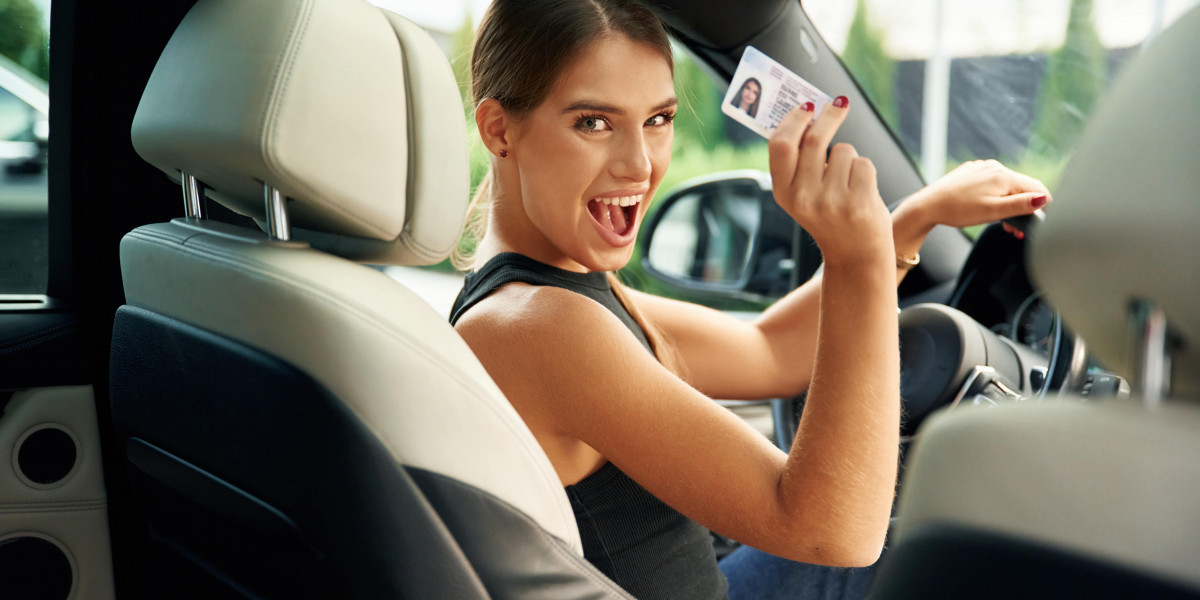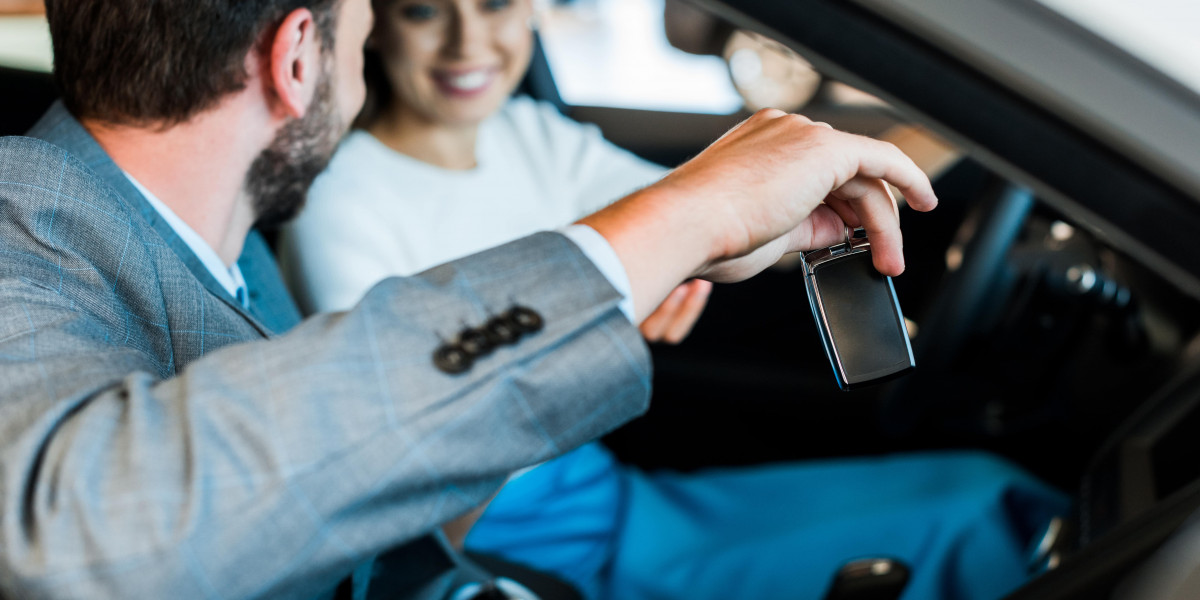Understanding the UK Driver's License: A Comprehensive Guide
In the United Kingdom, obtaining a driver's license is an essential step towards self-reliance and mobility. It is not just a gateway to personal flexibility however also buying a driving licence substantial duty. This post looks for to outline the procedure of obtaining a driver's license in the UK, the various categories of licenses, and some essential guidelines that drivers licence uk should comply with.
Types of UK Driver's Licenses
Before delving into the application procedure, it is important to comprehend the various types of driver's licenses available in the UK. The main classifications are:

Provisional License: This is the initial step for anybody looking to find out to drive. It enables the holder to practice driving while under the supervision of a qualified driver.
Complete License: Once the driving test has actually been successfully finished, the individual will receive a full driver's license, which allows them to drive separately.
Unique Licenses: There are special licenses for specific vehicles such as motorbikes (Category A), buses (Category D), and trucks (Category C).
European Driving License: Though it stands out from the UK driver's license, the European driving license permits for driving in numerous EU countries without the requirement for an extra authorization.
The Process of Obtaining a UK Driver's License
1. Apply for a Provisional License
To start the journey towards acquiring a driver's license, aiming motorists should initially look for a provisionary license. Here's how to do it:
- Eligibility: Applicants must be at least 15 years and 9 months old.
- Application: Individuals can apply for uk driving licence online online or through postal services by sending a brochure from the Driver and Vehicle Licensing Agency (DVLA).
- Fee: A fee is required for application (since 2023, it's about ₤ 34 online and ₤ 43 through post).
- Identity Proof: Acceptable identification includes a passport or a biometric house license.
2. Prepare for the Theory Test
Once the provisional license is gotten, the next action is to prepare for the theory test, which examines a student driver's understanding of roadway rules and dangers. This includes:
- Multiple-Choice Questions: A series of concerns based upon the Highway Code.
- Risk Perception Test: An evaluation to recognize possible dangers while driving utilizing video.
3. Take Driving Lessons
It is typically suggested to take expert driving lessons from an Approved Driving Instructor (ADI). These lessons supply essential hands-on experience and understanding about roadway security, along with assisting learners end up being comfortable behind the wheel.
4. Reserve the Practical Driving Test
After passing the theory test and acquiring adequate driving skills, students must schedule a practical driving test through the DVLA. The screening process typically involves:
- Driving Maneuvers: Candidates are examined on their ability to carry out important driving strategies such as parallel parking and emergency situation stops.
- Roadway Safety Compliance: Demonstration of compliance with road indications, signals, and rules.
5. Obtain a Full Driver's License
Upon success in the useful driving test, the candidate will get a pass certificate which permits them to obtain a complete driver's license. The DVLA will send out a full license if all requirements have actually been fulfilled.
Driving Regulations and Responsibilities in the UK
As soon as a full driver's license has actually been gotten, it is essential for drivers to understand and stick to the laws and regulations governing roadway usage in the UK. Here are a few crucial duties:
- Insurance: It is compulsory for all drivers to have valid car insurance coverage before getting behind the wheel. This secures against financial loss from mishaps or theft.
- Roadway Tax: Vehicle import tax responsibility, frequently called road tax, need to be paid every year.
- MOT Test: Cars older than 3 years must go through an annual MOT (Ministry of Transport) test to ensure their roadworthiness.
- Abide By Speed Limits: Each road has actually designated speed limitations that should be followed.
- Usage of Seatbelts: Wearing seat belts is obligatory for drivers and passengers.
Frequently Asked Questions about UK Driver's License
1. For how long does it require to get a driver's license in the UK?
The time required to acquire a driver's license varies considerably between individuals. Usually, learners invest about 45 hours getting trained with a trainer, followed by an extra 22 hours of private practice. After reserving tests, the processing of applications can also take a few weeks.
2. Can I drive with a provisionary license?
Yes, you can drive with a provisional license, however you should be accompanied by buy a driving licence driver who is at least 21 years of ages and holds a complete license for the kind of lorry being driven.
3. What happens if I fail my driving test?
If you fail your driving test, the inspector will offer feedback on areas for improvement. You can retake the test, however it is normally recommended to take a few extra lessons to reinforce your abilities before attempting again.
4. Can I drive in the UK with an EU driving license?
Yes, EU driving licenses stand in the UK. However, those planning to stay in the UK for more than 12 months should consider exchanging their EU License uk for a UK one.
5. What do I need to do if I lose my driving license?
If your driving license is lost or taken, you ought to report it to the DVLA and request a replacement. You will require to offer recognition and pay a charge.
Navigating the procedure of acquiring a driver's license in the UK can seem difficult, but comprehending each action simplifies the journey. From acquiring a provisional license to passing the useful test, each stage prepares for responsible driving and compliance with the laws governing roadway use. Always remember that driving is a privilege that features responsibilities, and continued adherence to the policies makes sure the security of all road users.









